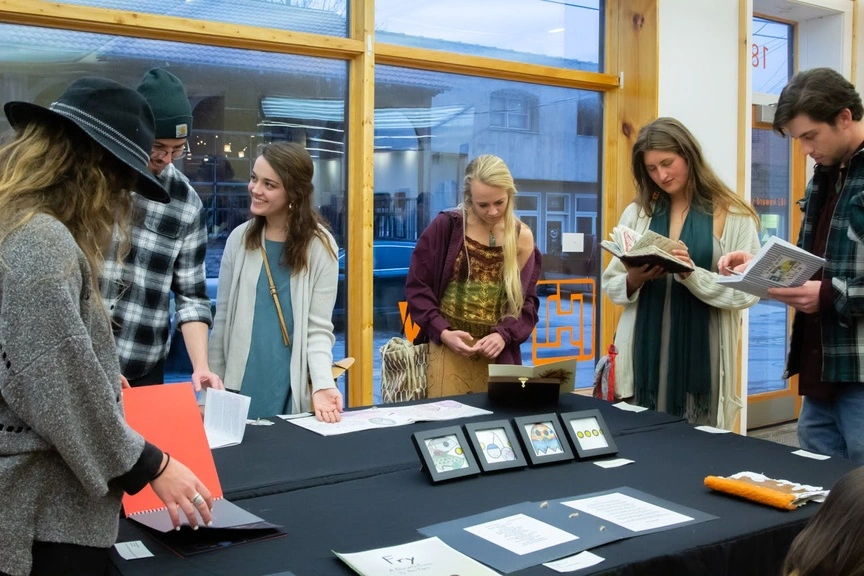Why Climate Stories?
Storytelling builds connections by translating climate change through mediums that are more human and relatable.
America has a “climate silence” problem—research shows that more than 70% of U.S. adults acknowledge that global warming is happening and causes many harms, but only about 1/3 of Americans talk about climate change “at least occasionally.” For decades, climate communication has focused on climate science, policy, and politics; however, more recently, communication experts have called for a shift toward more story-based approaches to engage a broader audience in the climate conversation.
Stories allow us to better understand climate change by making this enormous and complex problem more people-sized, relatable and accessible. Storying climate change activates our emotions, empathy, agency, and collective action, which all help us respond well to climate change. And thanks to our evolutionary and cultural heritage, our brains are attuned to learning through story—stories captivate our interest.
We use a broad interpretation of the word “story” as including all forms of creative expression, and we encourage three modes of storytelling:
- Representation, emphasizing our capacity to tell climate stories
- Performance, emphasizing our capacity to embody climate stories, and
- Intervention, emphasizing our capacity to change climate stories.

Published Work
Learn more about our work through these pieces written by faculty and student participants in the Climate Stories Collaborative:
- Moser, Beverly. 2021. Building Sustainability into the German Program: “Climate Stories” in Gen-Ed German and the Advanced Curriculum. Unterrichtspraxis/Teaching German 45(2): 257-270.
- Fishman, Chloe. 2019. Climate Art As Disruption: Making Space For Transformation. Appalachian State University, Honors Thesis.
- England, Laura. 2019. Storytelling is fueling climate conversations at Appalachian State University. Yale Climate Connections, August 13, 2019.
- England, Laura, Jennie Carlisle, Rebecca Witter, Derek Davidson, Lynette Holman and Dana Powell. 2019. Storying Climate Change at Appalachian State University. Practicing Anthropology 41(3): 21-26.
- Willmschen, Natalie. 2018. Choreographing Climate Justice: A Phenomenological Study of Using Dance to Communicate the Human Dimensions of Climate Change. Appalachian State University, Honors Thesis.